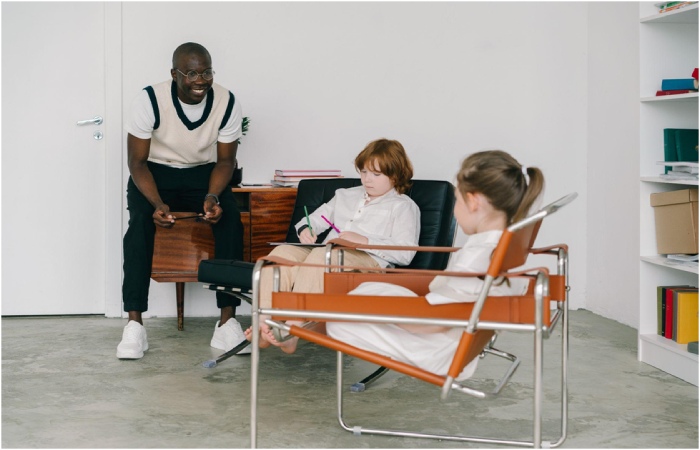Children today are surrounded by technology from a young age, and it can be difficult to teach them the skills they need for success in school and life. In this article, the authors discuss five ways that how a robot could help a special child to learn at home or in school.
Benefits of Using a Robot
Robots are great for the classroom. They can help students learn skills like problem-solving, creativity, and sequencing. They can also be fun to use and provide a sense of excitement at their arrival in the classroom. This is helpful for students who need an incentive to complete their work. Robots are expensive but they’re well worth the cost in the long run.
Ways Robots Can Help Shape Learning
Robots are an invaluable tool to help make learning exciting, engaging, and unique. As teachers, we often struggle to create the type of environment that motivates students to learn. Robots can be programmed with different tasks that will reward students when they complete them successfully. This will not only create a fun environment but one in which students will be more engaged in their learning process.
How to Choose a Robot?
Whether you are a classroom teacher or a student who wants to learn, robot tutors provide a fun and interactive way to learn. The best part about using these robots is that they can be programmed with your learning needs in mind. This will make sure that the robot knows what types of questions you might ask, how often you might want to review, and if there may be any material you need the robot to help teach.
How Robots Can Help Children with Autism Spectrum Disorder?
The idea is simple, but the implementation can be tricky. There are many benefits to using robots in the classroom, including improving the learning environment, increasing engagement among students through play and social interaction, and providing opportunities for children with an autism spectrum disorder to better engage socially. There are many benefits of creating an exciting learning environment for children with Autism. One of these is that the child will be more likely to engage in activities that they enjoy, which include learning with Movia robots like Kebbi or Ipal. A robot can help with social skills training by having the robot play with the child and act as a teaching tool for teaching ASD-related skills, like language and communication.
How to Serve Your Child?
A new and exciting way to help children learn, entice them with a robot that can interact with them. When designing material for your child’s curriculum ask yourself: “How can this be made interesting?” One answer is through the use of a robot. Ask your school system if you are allowed to have one in your classroom. They are inexpensive and created by Learning Technology, which also produces robots that can be programmed for learning in many different disciplines.
Learning environments are becoming more and more difficult to create with the current learning climate. With the help of a robot, students have developed a connection to the material that they are learning. One of the most important aspects of this is that robots can be programmed to give students different tasks in order for them to practice their new skills.




